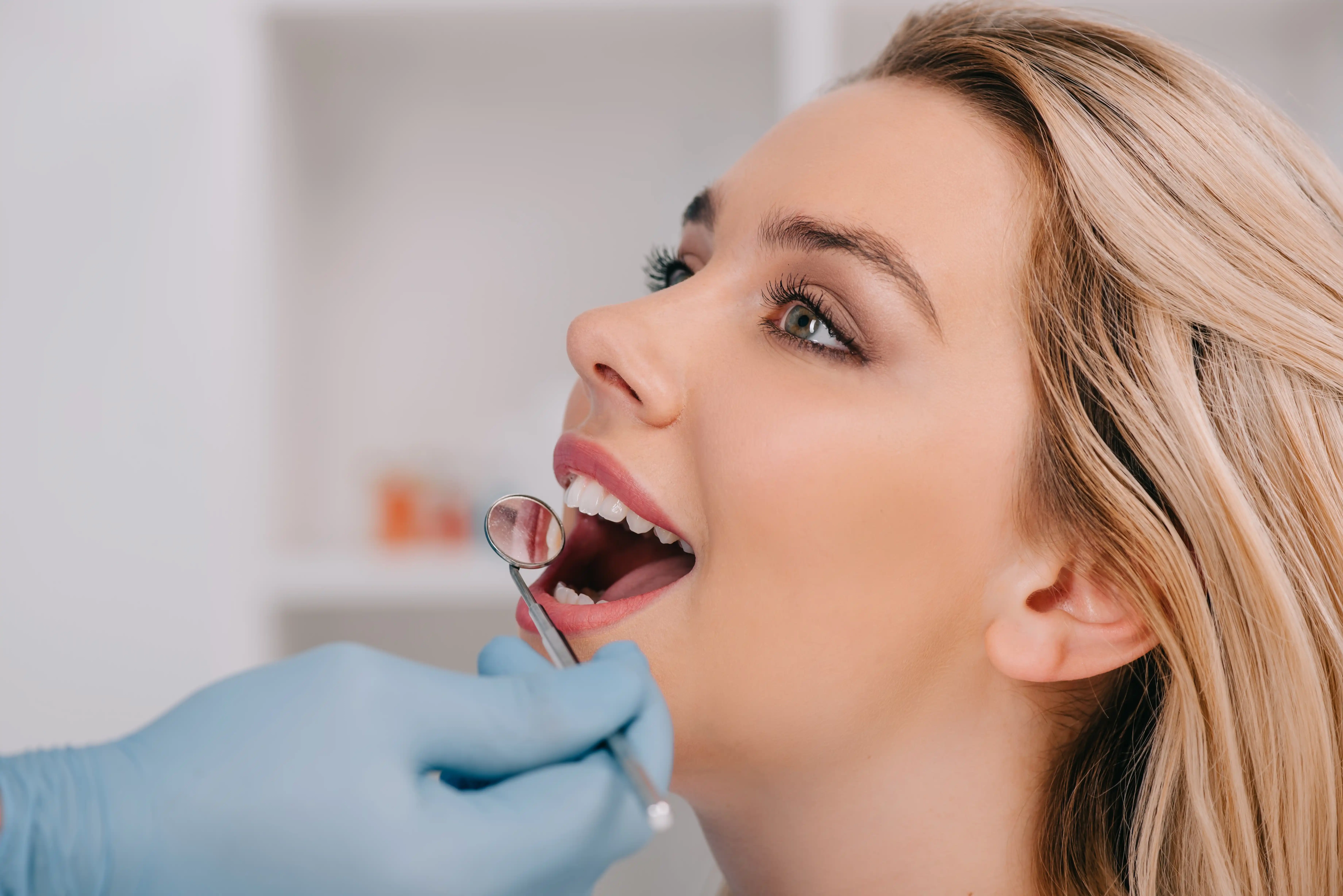Teeth come in various shapes and sizes that assist with biting, tearing, crushing or grinding food prior to swallowing it. They also play an integral part in speech and facial structure.
Every tooth contains a living center called the pulp, composed of blood vessels and nerves originating from its root apex through canals. Dentin covers this vital center.
Incisors
incisors are sharp, flat teeth in front of our mouths that help break food down as we chew, while simultaneously supporting lips when biting into foods or speaking. Babies and adults both have eight incisors–four on top and four on bottom. Primary incisors typically appear around six months of age before permanent ones take over later; both types feature very narrow flat edges with wider bases than apices.
Incisors can be divided into two distinct groups according to their relationship with the midline of the jaw: those closest are known as central incisors while those more laterally are called lateral incisors. In humans, those nearest the midline are known as maxillary central incisors while those farther out are mandibular central incisors. Each incisor’s crown features three triangle-shaped surfaces: narrow incisal surface with wide cervical base and shallow lingual fossa; while labial surface features cingulum with mesial and distal ridges.
Carnivores and herbivores alike use their incisors to cut food, with some omnivores having canine-shaped incisors for easier tearing of their meals. Human incisors are used for cutting meat or other tough substances before being ground up by premolars in the back of the mouth.
All mammals possess incisors for cutting food, with different species possessing more or fewer. Rodents (such as cats, foxes, pigs and dogs ) typically possess twelve total incisors; two central ones in front and four on either side of these followed by four lateral pairs on either side; rabbits and hares feature six total with two pairs, known as canines, placed either side of two most anterior incisors.
Canines, which resemble vampire fangs and are found both upper and lower jaws, sit near incisors to tear food into smaller bits. Together with incisors and canines they work to grind foods into a soft mass that can easily be swallowed. Molars, similar to their namesake molars in size and shape, are large teeth located at the rear of an arch just behind incisors that are used for crushing food into manageable forms for swallowing. Strong with deep grooves to hold food while it’s being crushed down further, these powerful teeth enable humans to consume an array of foods such as seeds, nuts and hard fruits and vegetables without issue. They play an indispensable role in human nutrition and must therefore remain.
Canines
Canines or dagger teeth, located to either side of your central and lateral incisors, assist in breaking food apart. As some have noted, these sharpest of your mouth’s teeth often resemble vampire fangs due to their pointy shapes.
Canines are among the strongest of all four types of teeth. Highly resistant to the pressure exerted during chewing, they help shear food morsels while supporting lips and aligning all other teeth when the upper and lower jaw come together.
Canines are essential components of oral health and your bite. Without them, remaining teeth must work harder to compensate, possibly leading to issues like clenching, grinding or an out-of-place alignment of upper and lower teeth.
There are four canines in total; one pair on both upper arches and two pairs on lower jaw (maxillary and mandibular arches). They erupt at corners of dental arches, commonly referred to as cuspids due to their pointed shapes with single cusp. Canines tend to last the longest-lived of all the teeth with single roots.
Canines play an essential role in some animals’ hunting and defense strategies. Dogs and cats both possess canines which serve as hunting weapons or defensive mechanisms, making their presence most obvious among these two groups of mammals known collectively as canidae – the dog family name. Furthermore, their canines play an invaluable role in tornading food pieces apart – leading many people to refer to them as either eyeteeth or even fangs!
Canines serve more purposes than just food consumption: they help support lips and pronounce certain sounds clearly, giving a fuller and more natural appearance to smiles.
Canines may become impacted for similar reasons to incisors; when your child’s canines become trapped under the gum line, they may not erupt properly and cause discomfort as well as potentially more serious consequences such as cysts or even resorption of their tooth. When this occurs, an orthodontist can expose and bond an impacted canine tooth to help ensure proper root development for it to erupt normally after it has been exposed and bonded; otherwise it may never come through altogether! Without treatment however, an impacted canine could remain hidden forever!
Premolars
Premolars can be found at the back of your mouth, nestled between incisors and canines and directly behind the molars. Also referred to as bicuspids, premolars serve to grind and chew food up before swallowing it down, breaking down harder foods that may be difficult for molars alone to handle, as well as tear it into smaller pieces like canines or molars can.
Human upper and lower jaws each feature four premolars on either side, for a total of eight teeth in this premolar region. These larger and stronger premolars make an integral part of chewing ability in our jaws.
Premolars differ from the other teeth in your mouth by having flat surfaces that enable them to grind hard foods such as nuts or fruit, while at the same time being used to tear soft produce like vegetables and fruit. Their shape helps maintain overall oral structure; missing premolars could alter it negatively and even lead to further complications.
Premolars are bicuspid teeth, meaning they have two primary cusps on their crowns: buccal cusp is larger and sits along the outer edge, while lingual cusp sits inside your tooth. Molars, located on the other end of your mouth, are designed to handle more pressure as you chew.
If you have experienced severe dental trauma or cavities and lost a premolar, Dr. Marsel offers dental implants as a restoration option. By having this restoration completed quickly it may prevent other issues like attrition which could cause surrounding teeth to shift out of alignment, as well as fractures which weaken and damage adjacent ones.
Disclaimer: The content on this blog is intended for general informational purposes only. It is not a substitute for professional medical advice, diagnosis, or treatment. Always consult qualified healthcare providers for personalized advice. Information regarding plastic surgery, dental treatment, hair transplant, and other medical procedures is educational and not a guarantee of results. We do not assume liability for actions taken based on blog content. Medical knowledge evolves; verify information and consult professionals. External links do not imply endorsement. By using this blog, you agree to these terms.





